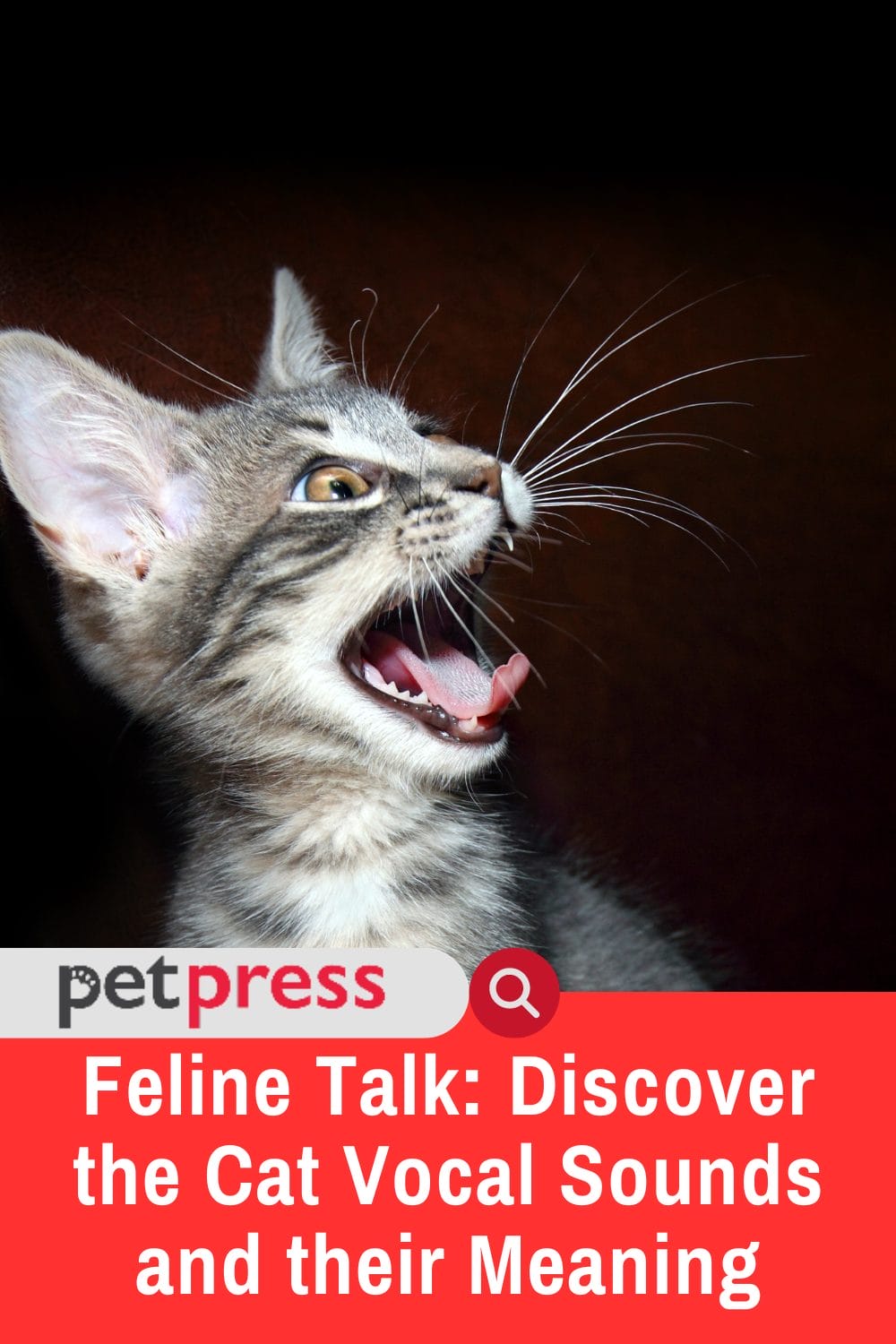
Are you a cat owner or a feline enthusiast seeking to understand the nuances of your beloved pet’s communication? Look no further! Wewill take you on a journey through the fascinating world of cat vocal sounds and their meaning, helping you decode the symphony of feline dialogue.
Cats, like humans, have a unique, sophisticated system of communication that extends beyond simple meows. Their vocal repertoire comprises a myriad of sound types, each bearing a distinct message.
This blog post breaks down these cat vocal sounds and their meaning, offering a more profound connection with your feline friend. But first, let’s understand why cats vocalize.
Why do cats vocalize?
Cats vocalize for various reasons, ranging from expressing hunger to signaling discomfort, fear, aggression, or pleasure. Each sound they produce carries a specific meaning understood by other cats and can also be deciphered by attentive and knowledgeable humans.
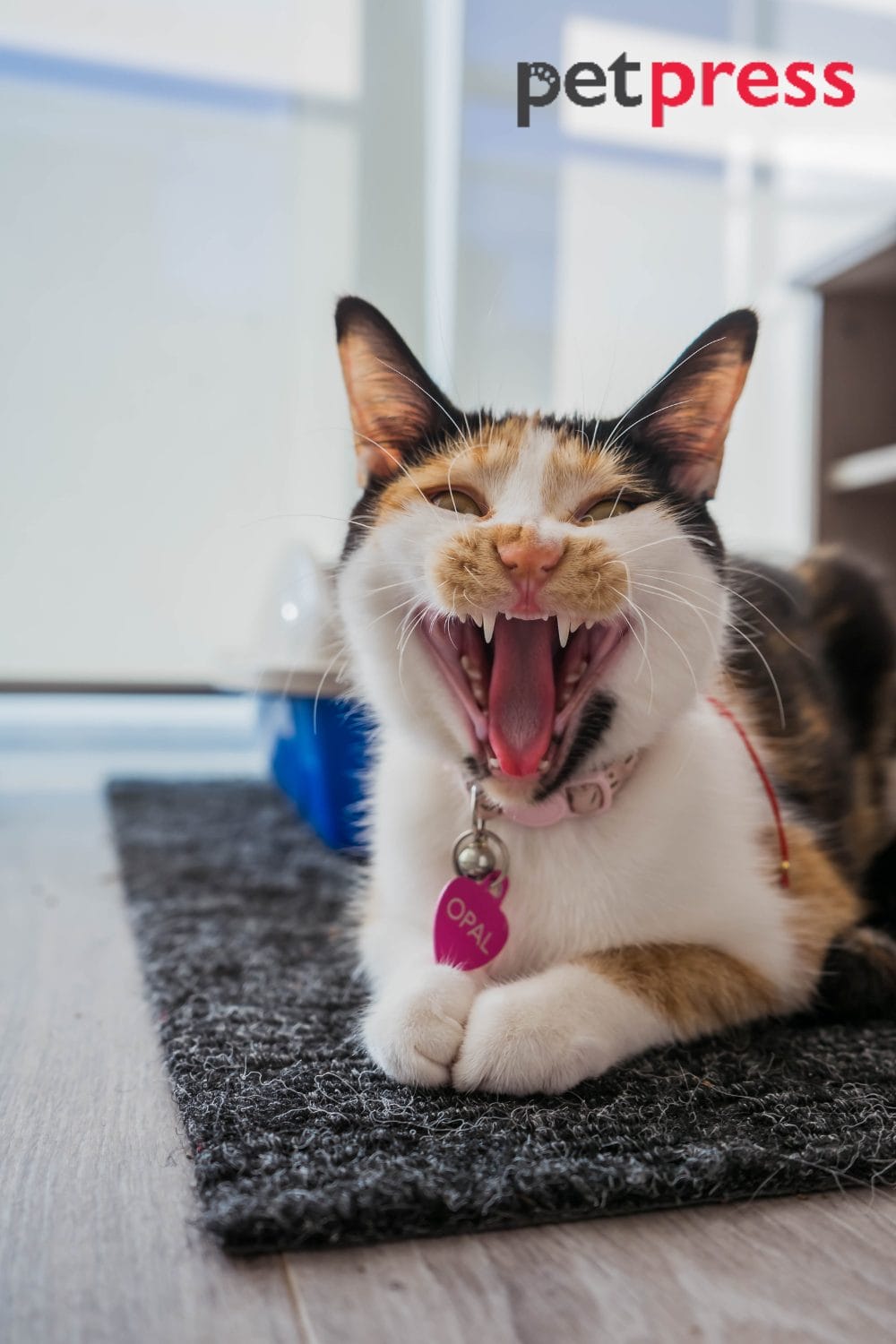
Cat vocal sounds and their meaning: Is It All About the Breed?
While it’s essential to remember that every cat is an individual with unique behaviors, certain breed-specific traits can influence a cat’s tendency to vocalize. These characteristics have evolved over hundreds of years and are encoded into their genetics.
The Talkative Breeds
Siamese Cats. Siamese cats take the crown for being the most vocal among cat breeds. Their vocalization is often described as loud, low-pitched, and somewhat raspy—akin to a human baby’s cry. This breed tends to use vocal communication to demand attention, express dissatisfaction, or indicate that it’s mealtime.
Maine Coon. While Maine Coons are not as noisy as Siamese cats, they are known to make a wide range of sounds, from chirping to yowling. They are also fond of ‘talking back’ when spoken to.
Oriental Breeds. Having descended from the same lineage as Siamese cats, Oriental Shorthair and Oriental Longhair cats are just as talkative. They’ll happily engage in a conversation with their humans, using their range of meows, chirps, and purrs.
The Quiet Ones
British Shorthair. British Shorthair cats are known for their round faces, dense coats, and, most notably, their quiet demeanor. They communicate more through their expressive eyes and body language than by vocalizing.
Persian Cats. Despite their regal appearance, Persian cats are generally quiet and undemanding. They communicate their needs subtly, often with a soft voice and delicate purr.
Russian Blue Cats. Known for their silver-blue coats and green eyes, Russian blues are also typically quiet and reserved. They prefer to observe quietly from a distance and are less likely to engage in long vocal interactions.
Whether your cat is a chatty Siamese or a quiet British Shorthair, understanding their breed’s typical behaviors can help you cater to their needs better and appreciate their unique ways of communication. Remember, the diversity in cat vocalizations is another reason we love our feline friends!
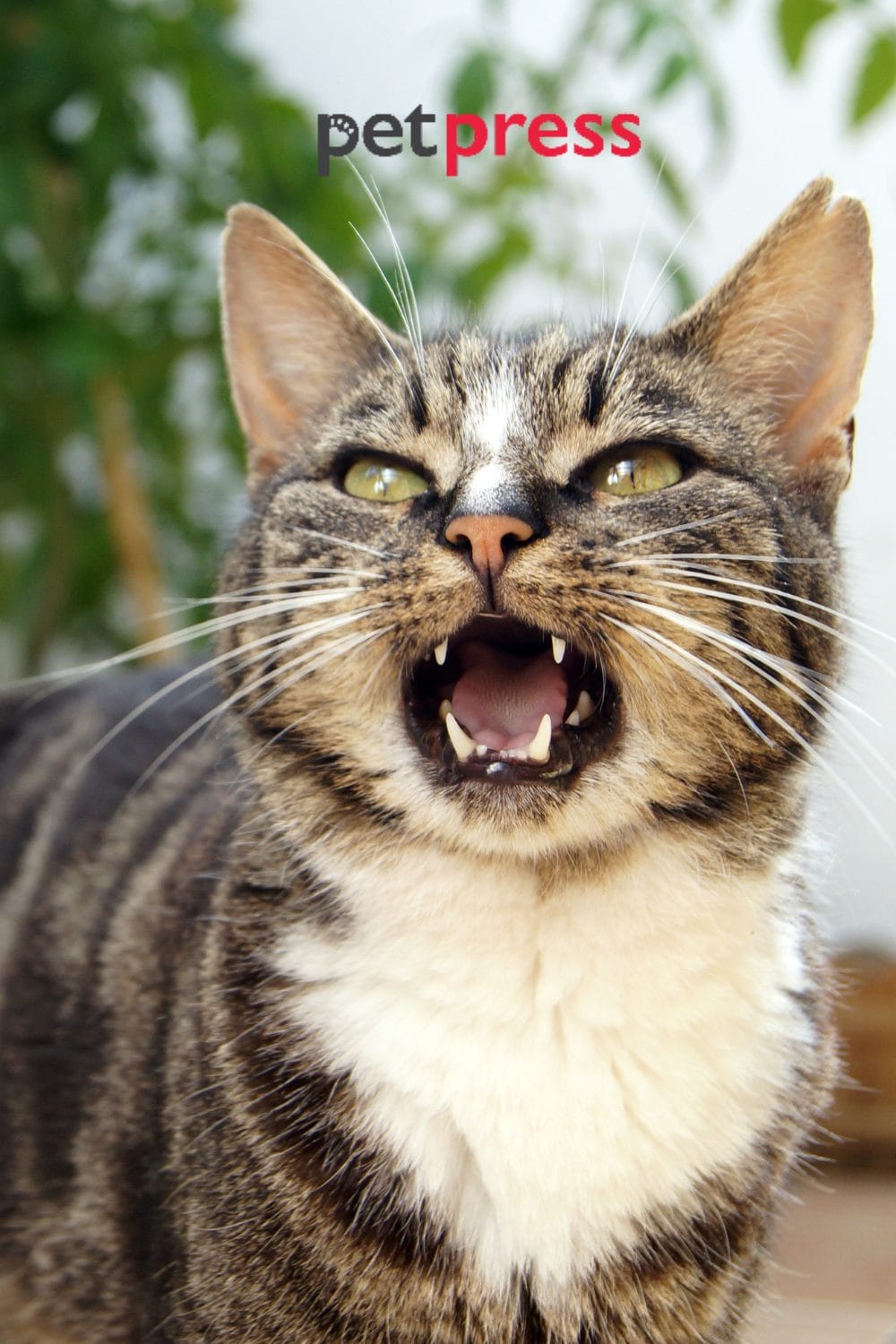
Different cat vocal sounds and their meaning
Meow
The “meow” is perhaps the most recognized cat vocal sounds and their meaning. It varies widely in pitch, volume, tone, rhythm, and pattern, often reflecting your cat’s emotional state and intentions.
- Greeting Meow: A friendly, high-pitched meow often serves as a happy greeting when you return home or when your cat wants attention.
- Demand Meow: A drawn-out meow typically means your cat wants food, water, or access to a room.
- Distressed Meow: A low-pitched, raspy, or harsh meow could indicate displeasure, stress, or even pain.
As a cat parent, monitoring the frequency and context of the meow is important, as excessive meowing could indicate medical concerns.
Purr
The melodious “purr” is often associated with a relaxed, content cat and is a common sound during cuddle times.
However, not all cat purrs are created equal.
- Pleasure Purr: A soft, rhythmic purr usually indicates your cat is content and comfortable—an equivalent to a feline smile.
- Solicitation Purr: A high-pitched, slightly strained purr might be an attempt to solicit your attention, often seen when your cat wants food.
- Distress Purr: Some cats may also purr when anxious, unwell, or injured—it’s a soothing mechanism (similar to a child sucking their thumb).
Hiss
The “hiss” is a warning sound. Cats hiss when they’re scared, upset, or uncomfortable. It’s a firm request for space and a sign to back off. The hiss may also accompany a defensive body posture like an arched back, puffed-up fur, and flattened ears.
As a pet owner, never punish your cat for hissing. Instead, identify and alleviate the source of their stress or give them space to calm down.
Chirr (Chatter)
“Chirring” or “chattering” are staccato, bird-like sounds cats make when observing birds or other prey they cannot reach (like through a window). It’s thought to be a mix of frustration and excitement. Other theories suggest it might be the practice of the precise “kill bite.”
As an owner, ensure your indoor cat gets enough playtime and mental stimulation to compensate for their natural hunting instincts.
Caterwaul
The “caterwaul” is a high-pitched, drawn-out wail, often made by females in heat to attract males. It can also be a territorial declaration or, less commonly, a sign of distress or discomfort.
Consult your vet if you have fixed cat caterwauls, which could indicate a health issue.
It’s important to remember that while this guide provides a general understanding of cat vocal sounds, each cat is unique. Learning and understanding your cat’s “language” will deepen your bond and help you fulfill their needs more effectively.
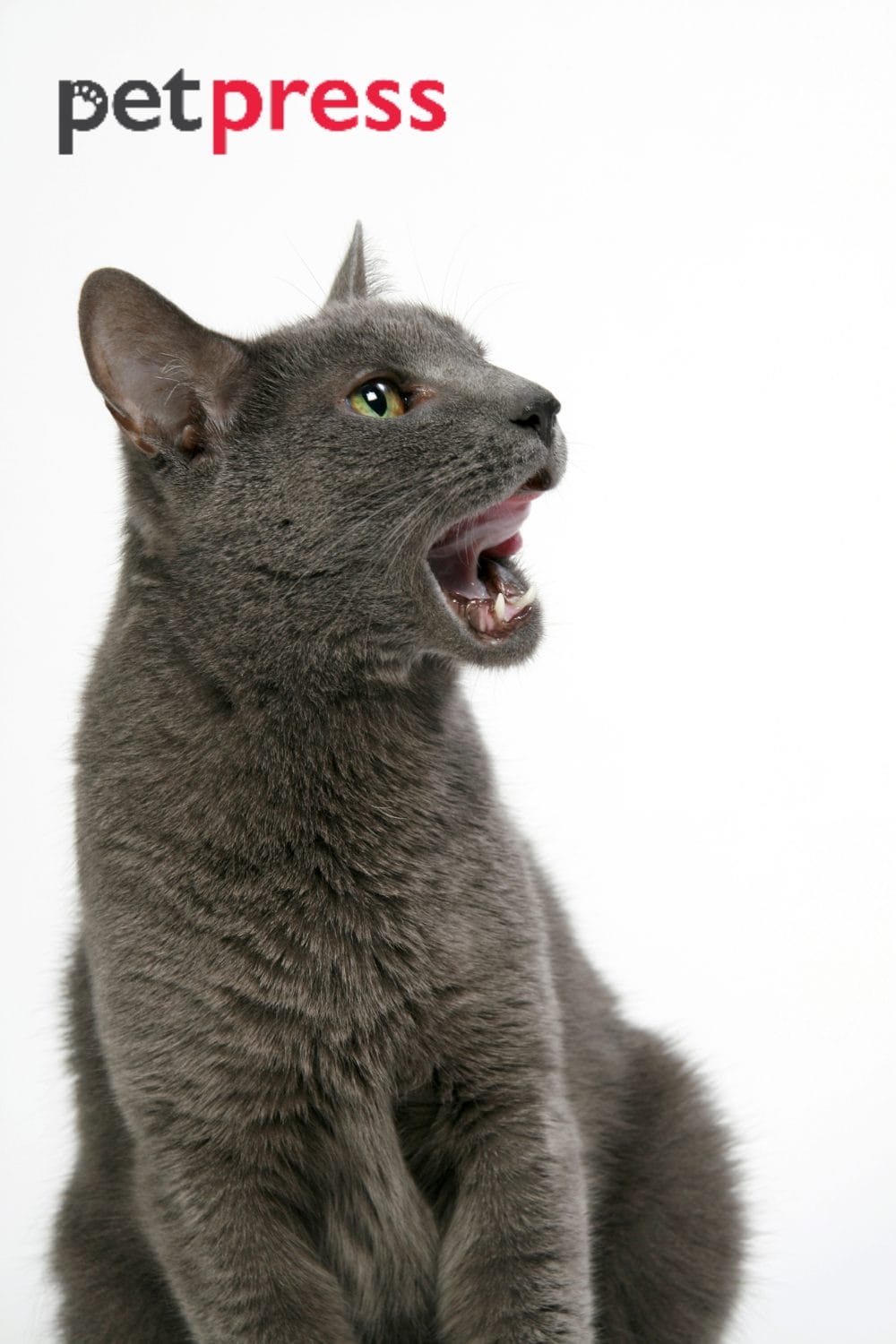
Cat Body Language: Understanding Your Cat’s Non-Vocal Communication
In their silent wisdom, cats have many ways to communicate their feelings and intentions. Beyond their quaint meows and purrs, they utilize an extensive repertoire of body language cues. We can bridge the communication gap with our feline friends by understanding these.
Below, we’ll dive into the world of cat body language and reveal its secrets.
The Tail Tale
The tail is a significant tool for communication in the feline world.
- Upright Tail: An upright, slightly curved tail indicates a happy and approachable cat. If the tail is vibrating, your cat might be exceptionally excited to see you!
- Puffed-Up Tail: A fluffy, puffed-up tail signifies fear or aggression. This is a defensive display intended to make them appear larger to intimidate potential threats.
- Low Tail: A tail held low or tucked between their legs suggests your cat is scared or anxious.
Whispering through Whiskers and Ears
Cats’ ears and whiskers can provide insightful cues about their feelings.
- Forward Ears: Ears pointed forward suggest that your cat is content, playful, or curious. They’re engaged with their surroundings.
- Backward/Sideways Ears: Ears flattened against the head or pointing sideways signal fear, aggression, or irritation.
- Forward Whiskers: Whiskers pointed forward to suggest interest or excitement.
- Backward Whiskers: Pulled-back whiskers can be a sign of fear or aggression.
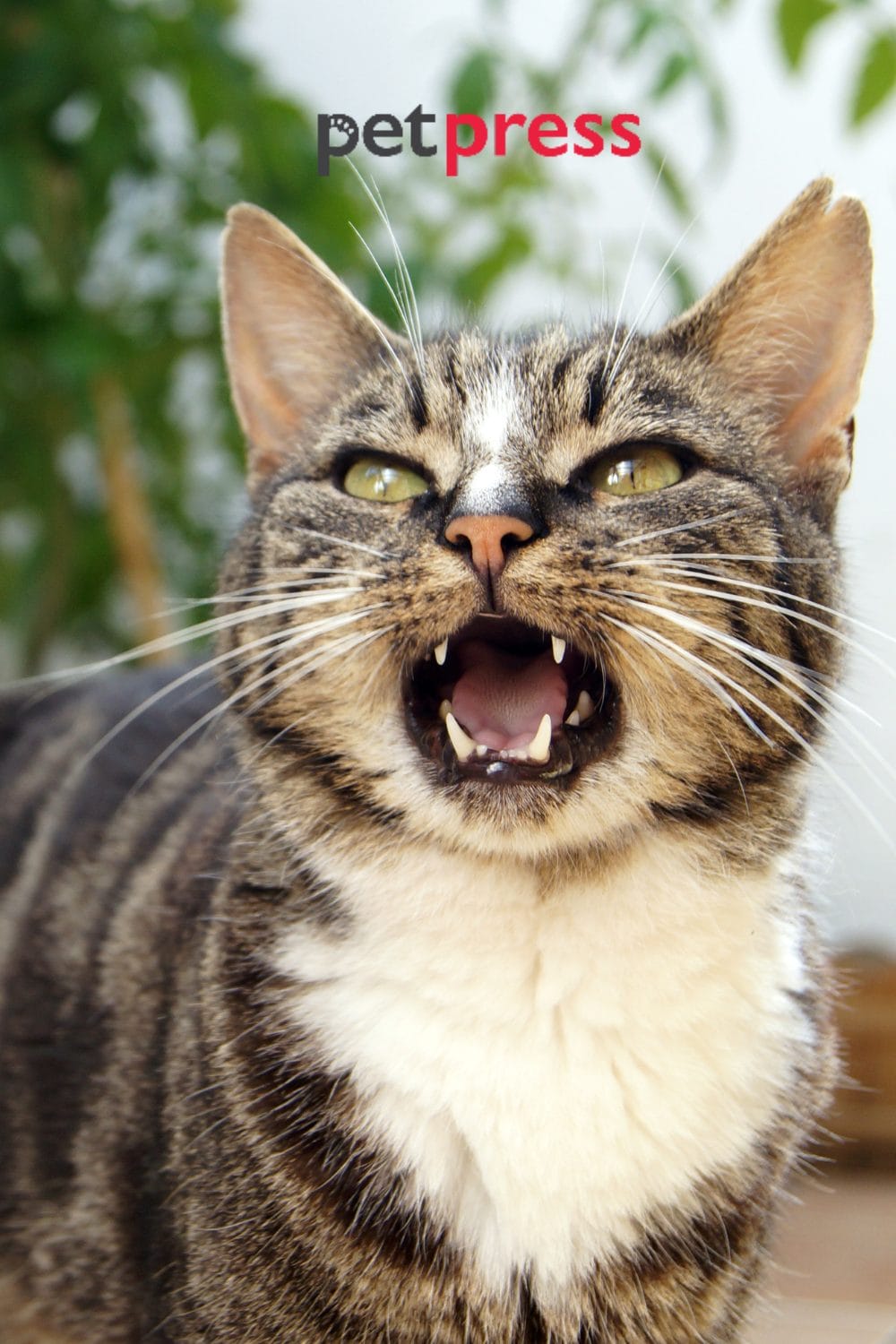
The Eyes Have It
A cat’s eyes are windows to their emotional state.
- Dilated Pupils: Wide, dilated pupils can indicate excitement, fear, or stimulation. Context is vital here.
- Constricted Pupils: Narrow pupils can suggest contentment, but in some scenarios, they may also indicate aggression.
- Slow Blink: A slow blink from your cat is akin to a kitty kiss. It’s a sign of trust and affection.
Grooming Gestures
Grooming habits can also reveal a lot about a cat’s mental state.
- Excessive Grooming: Over-grooming or grooming that is focused intensely on a single area may indicate stress or possible skin ailments.
- Social Grooming: If your cat grooms you, consider it a compliment! It’s a sign of affection and bond.
Kneading Paws
Kneading is when your cat pushes in and out with their front paws, alternating between left and right. Often referred to as “making biscuits,” this behavior is comforting for cats and often signifies contentment.
By understanding these cues, we can better interact with our feline companions, responding to their needs appropriately and strengthening the bond between pet and owner.
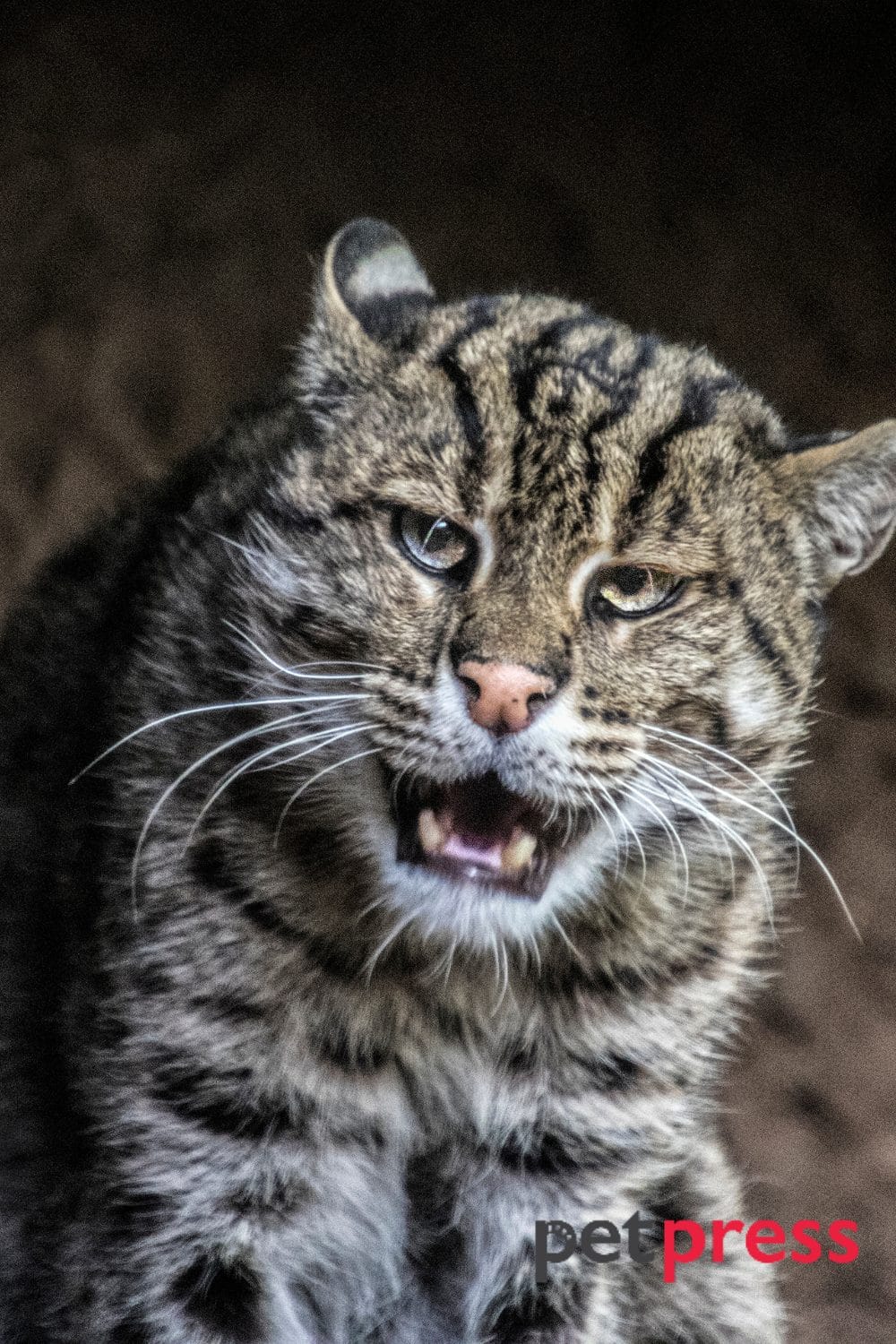
Conclusion
Understanding cat vocal sounds and their meanings can dramatically transform your relationship with your feline friend. It enables you to meet their needs more effectively and creates a deeper bond built on mutual understanding and empathy.
Share your thoughts!
Did you find this guide to cat vocal sounds and their meaning helpful? If so, don’t keep it to yourself! Share this blog post with your fellow cat lovers on social media. Let’s expand this community of well-informed, empathetic cat owners, fostering a world where every meow is heard and understood.
Click the share button now and make a difference in the lives of cats and their owners!
Remember, the right information can lead to our pets’ happiest and healthiest lives. Sharing is caring, after all!
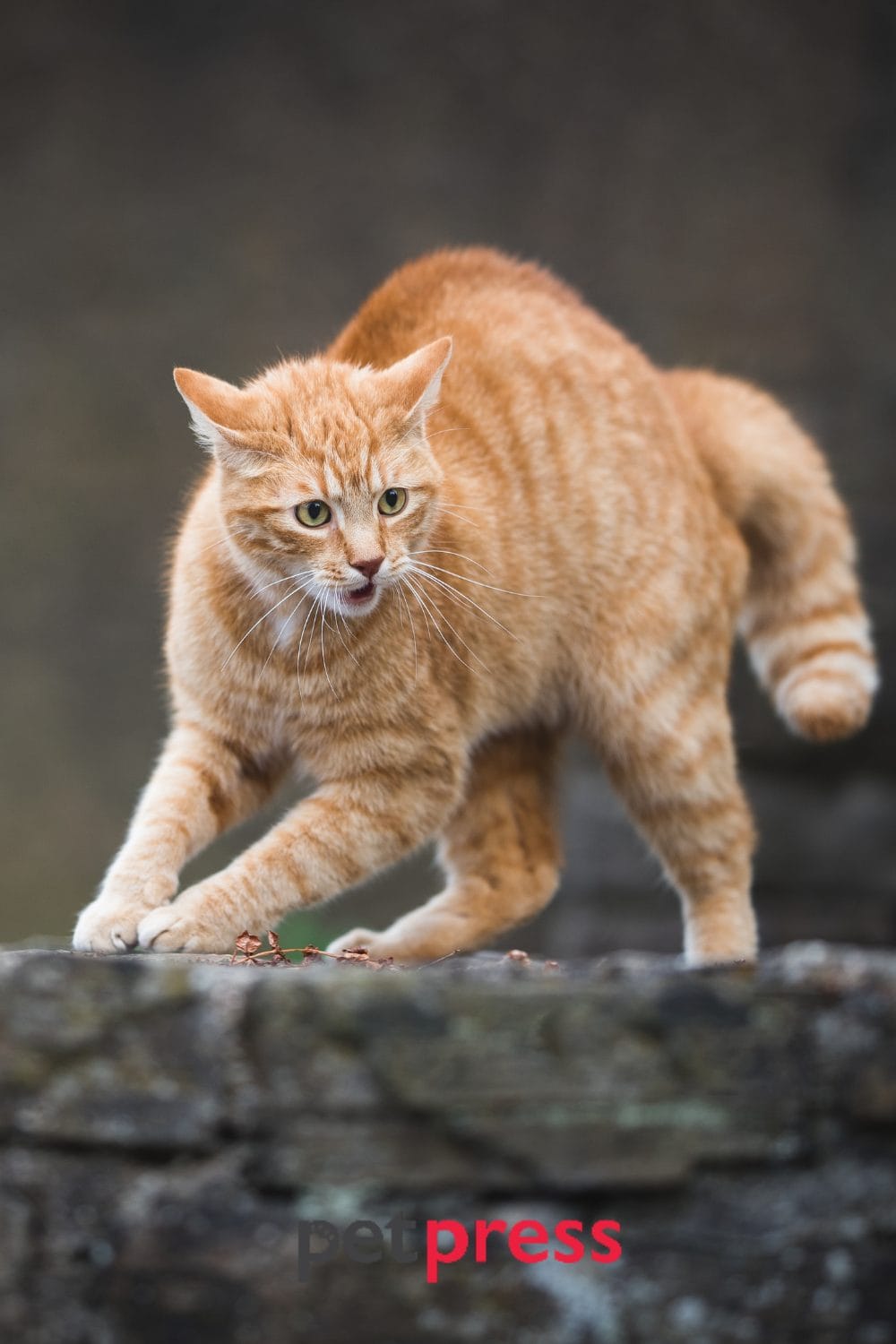
FAQS about cat vocal sounds
High-pitched meows often indicate that a cat is excited or seeking attention. It’s their way of happily greeting you or asking for playtime, food, or petting.
Cats often make a chattering or chirping sound when they spot a bird or a squirrel outside a window. It’s thought to be an expression of their instinctual hunting behavior, indicating excitement and frustration.
Yes, certain cat breeds, like Siamese and Oriental breeds, are known to be more vocal than breeds like the Persian or British Shorthair.
While cats purr when they’re content, they might also purr to soothe themselves when they’re not feeling their best.
A hissing cat feels threatened. Don’t worry, it’s not personal; they just need a moment to calm down and regain their composure.
Craving more cat knowledge? Explore our other articles below!
Secrets of the Sphinx: Unveiling the Sphynx Cat Behavior
Unmasking the Secret of Cats: Decoding Territorial Cat Behavior
50+ Inspiring Scottish Fold Cat Quotes About Life


GIPHY App Key not set. Please check settings